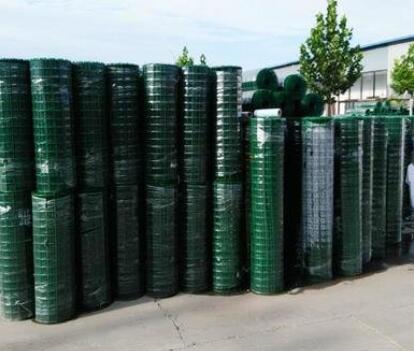The Versatility of Bending Perforated Metal
Perforated metal has found its way into numerous industries and applications, thanks to its unique combination of strength, versatility, and aesthetic appeal. Among the many characteristics that make perforated metal a preferred choice for architects, designers, and engineers is the ability to bend and shape it according to specific requirements. This article will explore the significance, applications, and benefits of bending perforated metal.
Understanding Perforated Metal
Perforated metal is typically made from sheet metal that has been punched with a series of holes, slots, or decorative patterns. This process not only reduces the weight of the material but also enhances its functionality. The holes in perforated metal allow for the passage of air, light, and sound, making it an ideal choice for various applications, including architectural facades, screens, and filters.
The Importance of Bending
Bending refers to the process of deforming a material to create angles, curves, or custom shapes. When it comes to perforated metal, bending serves several purposes
1. Customization Bending capabilities enable designers to create custom components that meet specific design criteria. Whether it’s a curved facade or uniquely shaped screens, the ability to bend perforated metal provides endless design possibilities.
2. Enhanced Performance Bending can enhance the structural performance of perforated metal. Certain designs can improve rigidity and strength, allowing the material to withstand environmental stressors while maintaining its integrity.
3. Aesthetic Appeal The visual aspect of perforated metal can be greatly enhanced through bending. Curved and shaped surfaces can create intriguing light and shadow effects, adding depth and texture to architectural features.
Applications of Bending Perforated Metal
Bending perforated metal finds applications across various sectors
bending perforated metal

- Architectural Design In modern architecture, perforated metal is frequently used for facades, sunscreens, and partitions. Bending these panels allows for organic, flowing lines that enhance the overall aesthetic of a building. The ability to design specifically for light diffusion and ventilation is a notable benefit.
- Interior Design In interior settings, bent perforated metal can be used for decorative screens, room dividers, and furnishings. Its unique shapes can help define spaces while maintaining an open feel, contributing to both functionality and style.
- Industrial Applications In industrial settings, perforated metal is used for safety guards, machine enclosures, and protective barriers. Bending these components can enhance safety features and optimize functionality without compromising structural integrity.
- Environmental Applications Bending perforated metal allows for the creation of specialized filters and water treatment solutions. The properties of perforated metal can be tailored to customer requirements, ensuring optimal performance in environmental management systems.
Benefits of Bending Perforated Metal
The benefits of bending perforated metal include
- Design Flexibility The ability to easily manipulate and shape the metal allows for more innovative designs that can meet specific project requirements.
- Improved Functionality The bending process can enhance the functionality of perforated metal, as it can lead to improved airflow, drainage, or even acoustic properties.
- Cost-Effectiveness Custom bending reduces the need for additional materials and simplifies installation processes, which can result in significant cost savings for projects.
Conclusion
The ability to bend perforated metal enhances its appeal and functionality across multiple industries. By integrating this versatile material into designs, architects and engineers can create innovative solutions that cater to both aesthetic desires and practical needs. As technology and techniques advance, the potential uses for bent perforated metal are likely to expand further, solidifying its position as an essential material for contemporary design and construction. Whether for cutting-edge architecture or practical industrial applications, bending perforated metal stands out as a testament to modern material engineering and design innovation.

















